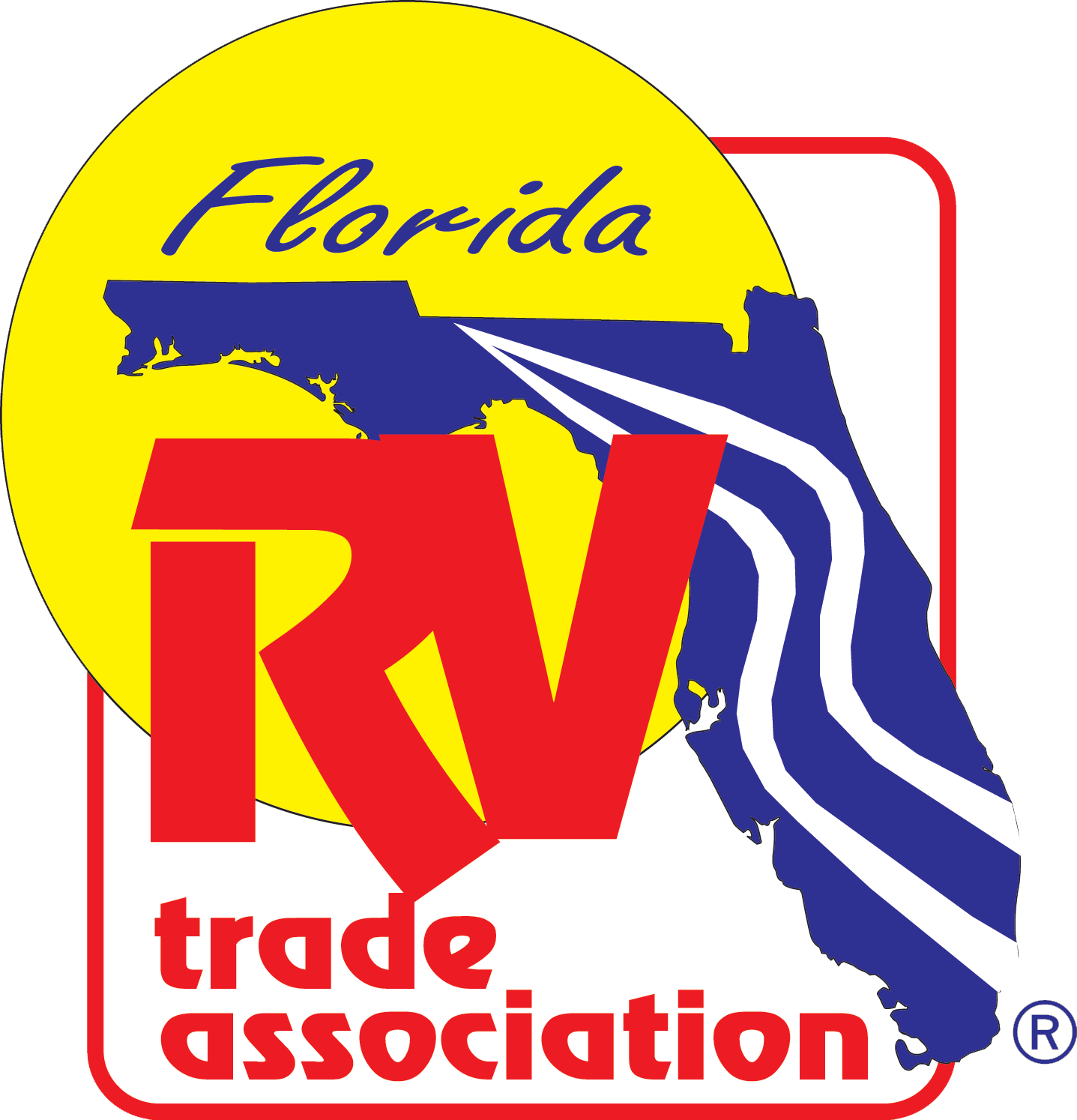NOTICE: The information below was obtained directly from the Florida Department of Revenue (DOR) website. Links are provided so you may access the content on the DOR website.
FAST FACTS
Florida sales tax is 6%. Some counties also charge a local discretionary sales surtax rate which applies only to the first $5,000 of the vehicle price. The amount of surtax that should be charged is based on the Florida county in which the vehicle will be registered. To find the local discretionary sales tax rates by county click here.
To compute the amount of tax to be collected, a dealer must first determine the amount on which the tax is to be calculated. This is considered the taxable base (net selling price).
Taxable Base or Net Selling Price
To determine the taxable base (net selling price), the dealer must take into consideration the following:
• Retail sales price
• Amount of any trade-in allowance
• Whether the sale qualifies as an exempt sale
Applicable Tax Rate
Once the taxable base (net selling price) is determined, the applicable tax rate is applied to the taxable base (net selling price) to determine the amount of tax to be collected.
Example:
Sale of motor vehicle Dollar amounts
Sales price of motor vehicle $25,000
Less trade in <4,000>
Taxable base (net selling price) $21,000
Tax at 6% $1,260
Discretionary Tax at 1% ($5,000 cap) $50
Total amount due $22,310
Taxable Sales
The sale, use, or storage for use in this state of any motor vehicle is taxable on the full sales price, without any deductions. This includes such components as:
• Dealer’s prep
• Tire and waste fee
• Federal taxes (unless separately stated)*
• Freight
• Handling
• Delivery
• Commission
• Repossession
• Advertising
• Future free service
• Notary fees
• Any other expenses or costs
* Section 12A-1.022(1)(b), F.A.C., states that federal retail excise taxes imposed on the retail sale of a motor vehicle are not subject to tax when separately stated on the sales invoice. Section 12A-1.022(1)(a), F.A.C., states that federal manufacturers’ excise tax(es) imposed on the manufacturer are part of the sales price (net selling price) of any motor vehicle on which the tax is computed, whether or not separately stated.
Trade-in Allowance
For a trade-in to reduce the taxable base (net selling price) of the motor vehicle, the trade must be:
• Tangible personal property (TPP)
• Intended to be resold
When the sale and trade-in are accomplished in one transaction, the trade-in allowance shall be deducted from the gross sales price to determine the taxable base (net selling price). Therefore, only the net sales price (full sales price less any trade-in) is subject to tax. Third party trade-ins may be accepted.
Example: A registered motor vehicle dealer accepts a used motor vehicle as a trade-in on the sale of a new motor vehicle.
Sales price of a new motor vehicle $17,500
Less trade-in (used motor vehicle) <2,300>
Taxable base (net selling price) $15,200
Tax computed on this amount $15,200
Manufacturer’s Rebate
A refund issued directly by the manufacturer to the purchaser of a motor vehicle is NOT a reduction in the selling price (net selling price) by the dealer and the tax is calculated on the full selling price of the vehicle. When a rebate is assigned to the dealer by the purchaser and applied to the purchase of the vehicle at the moment of the sale, it is NOT a reduction in the selling price and the tax is calculated on the full selling price of the vehicle.
Reference: The above information was obtained directly from the Florida Department of Revenue “Tax Information for Motor Vehicle Dealers,” GT-400400, Revised 02/18, pages 18-21. You may view this Manual by clicking here.
